
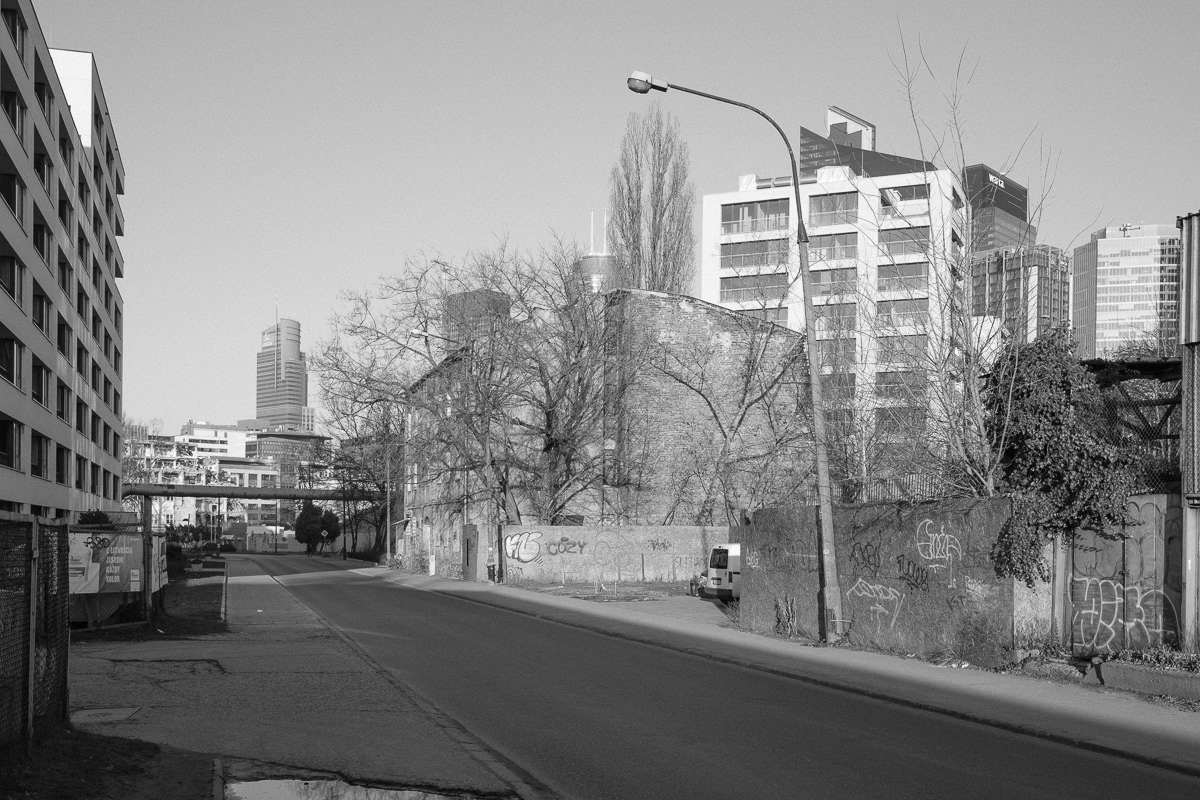

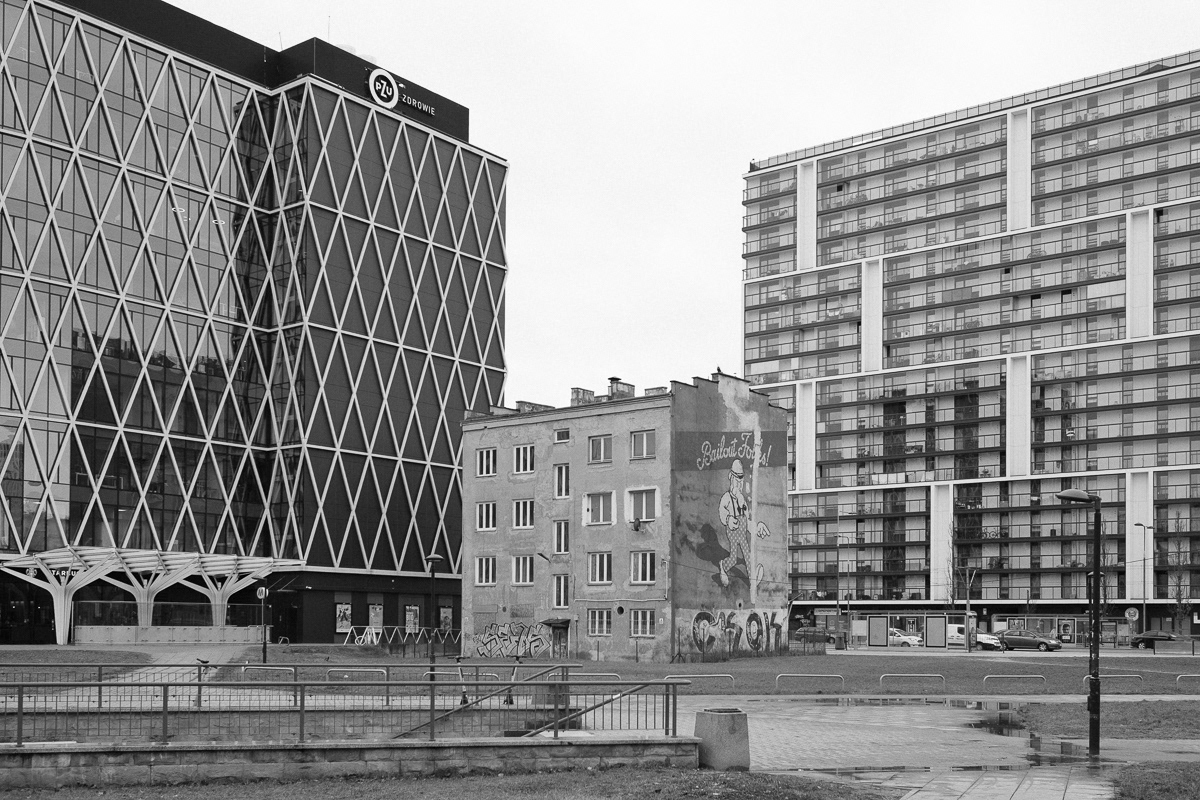
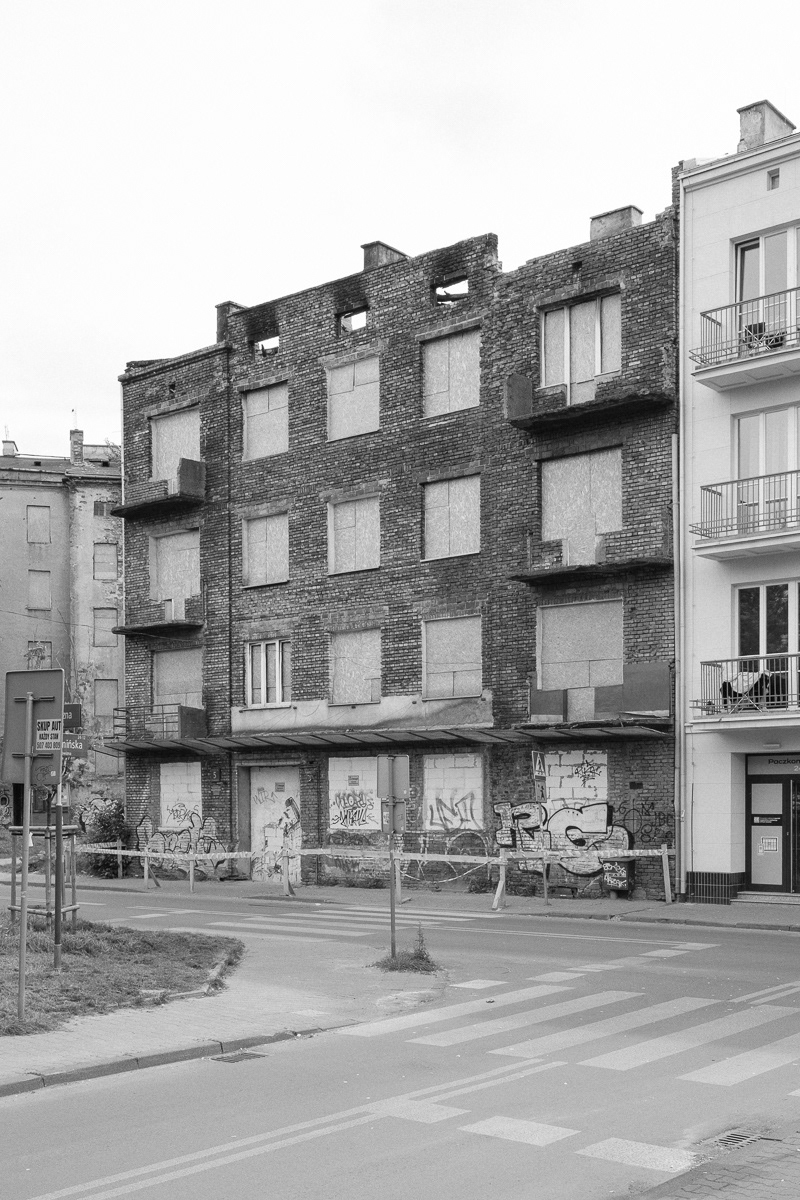


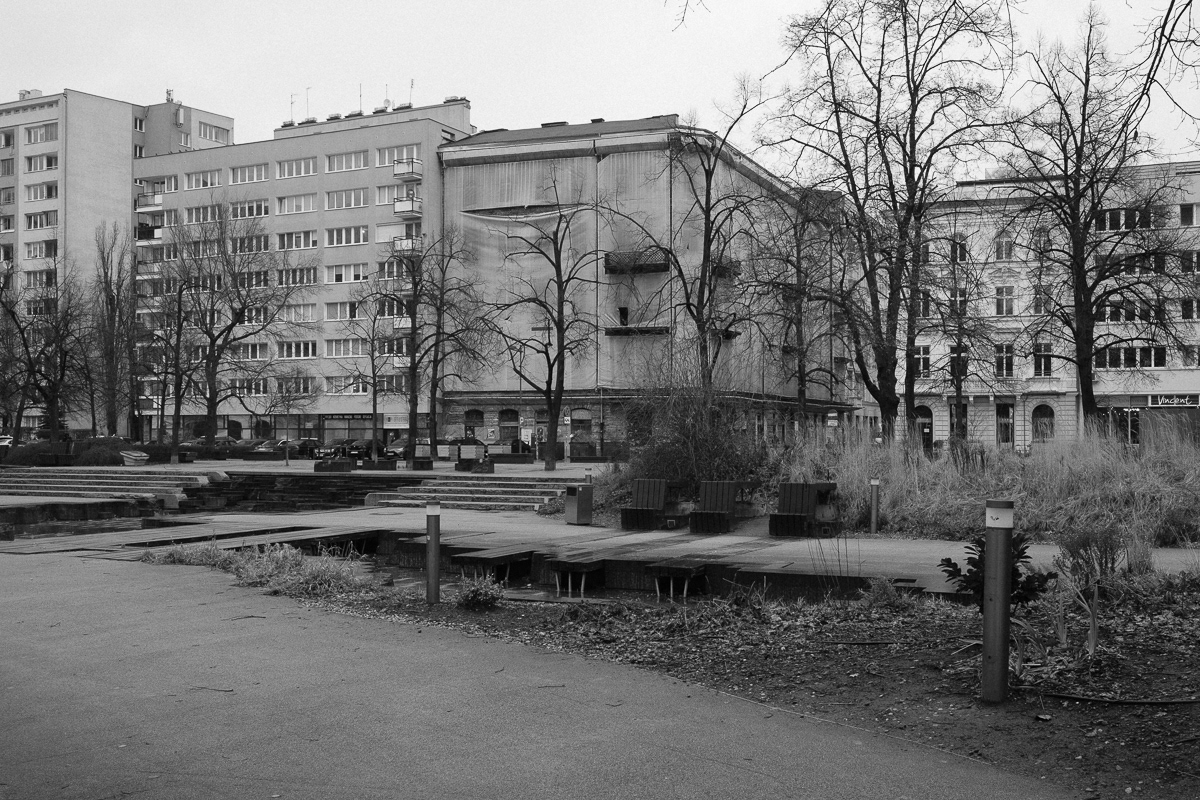
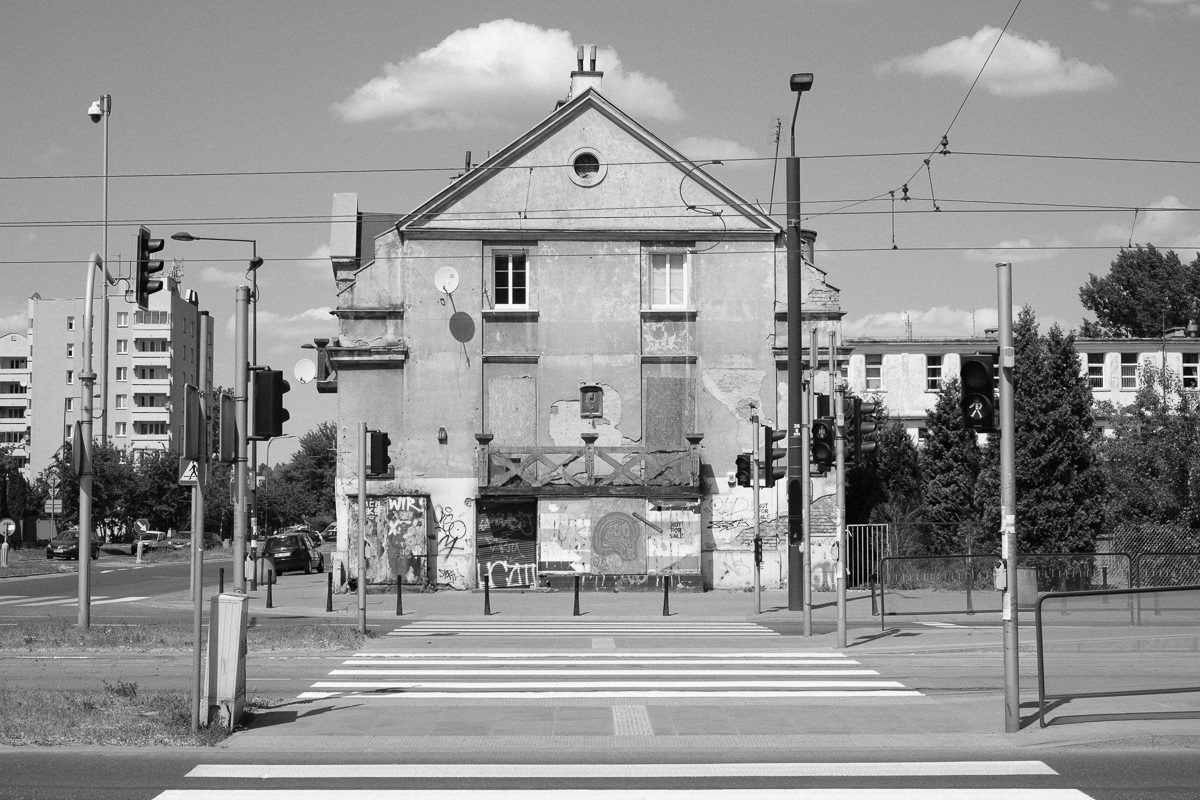
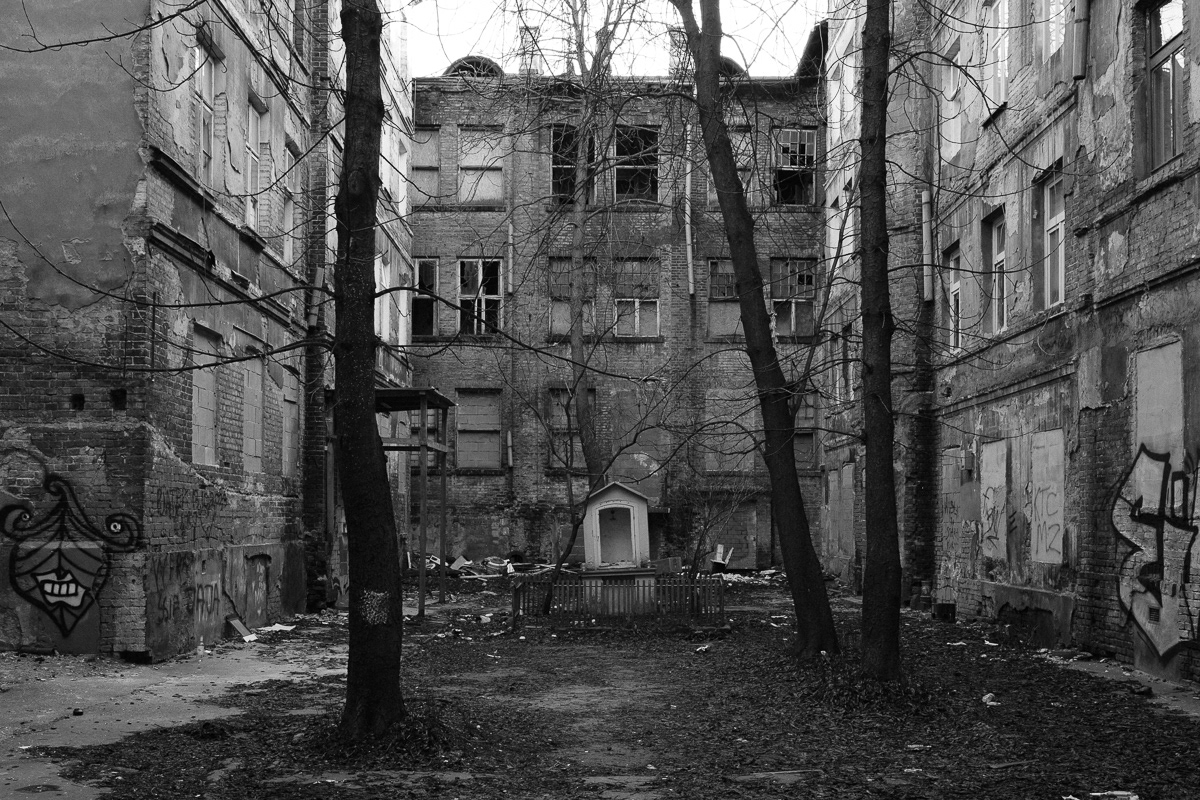


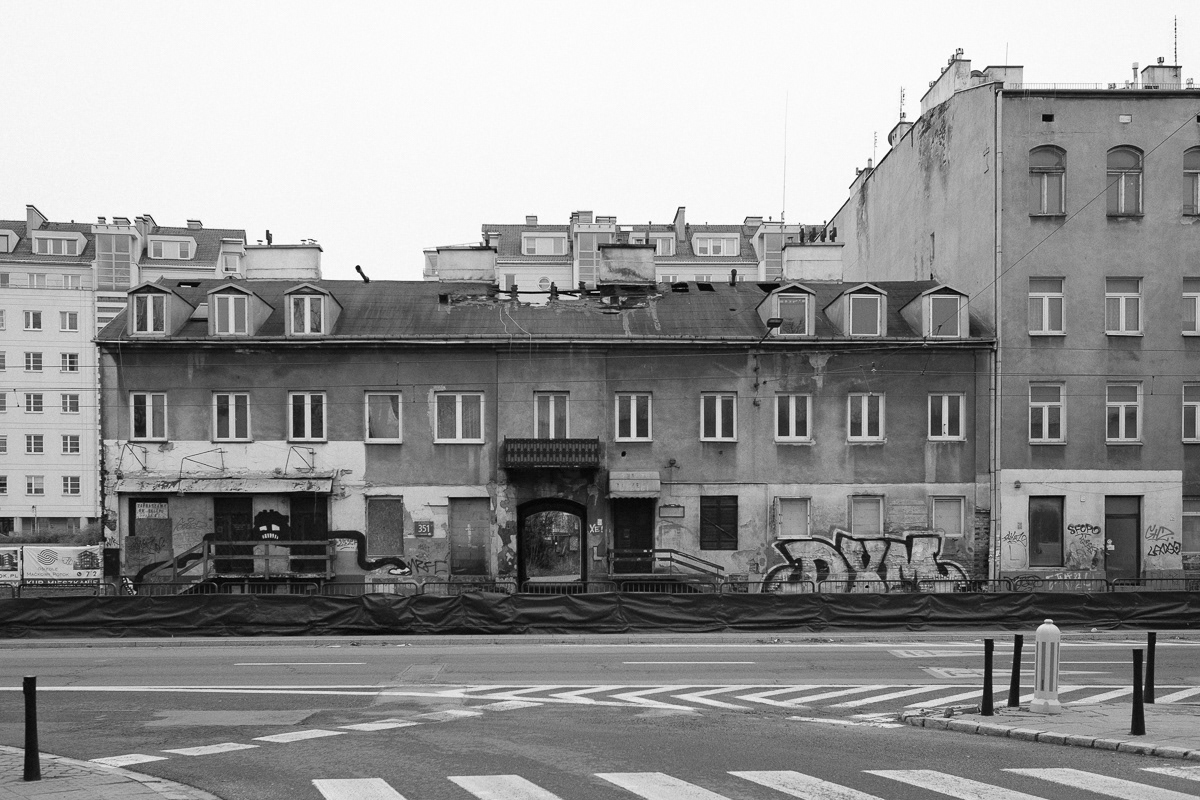
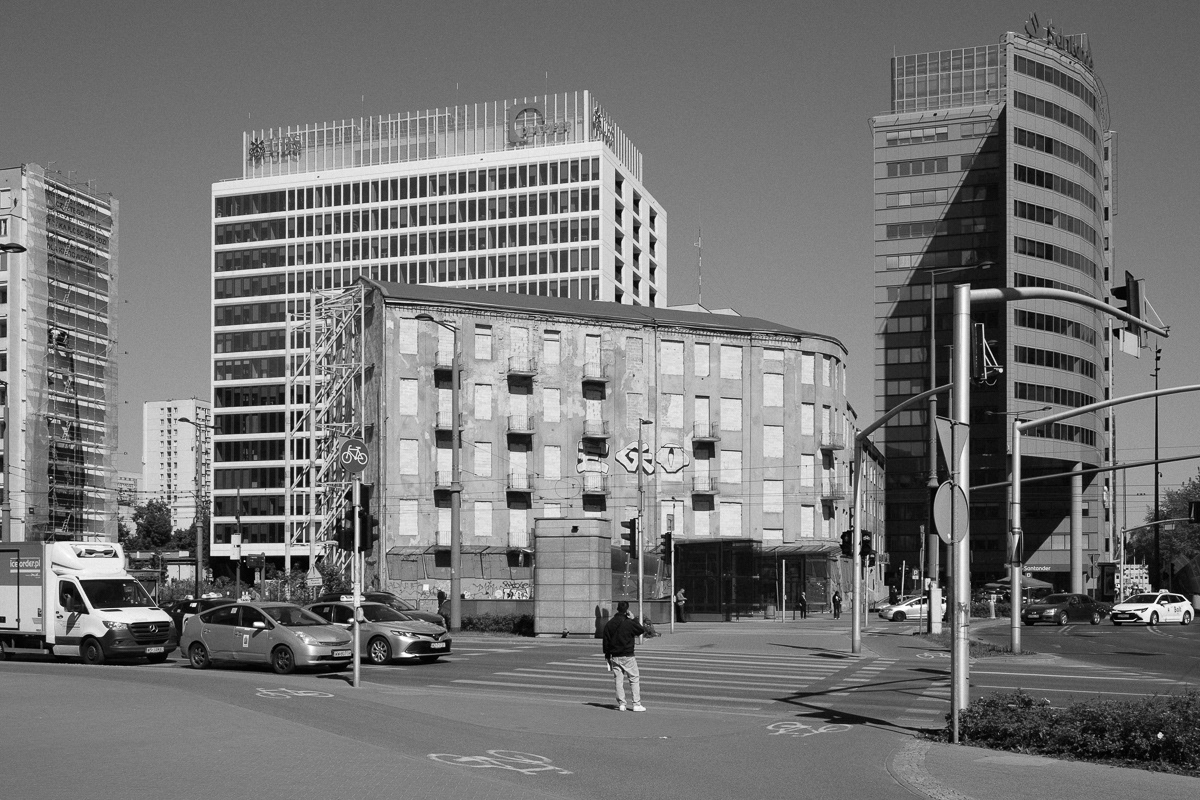


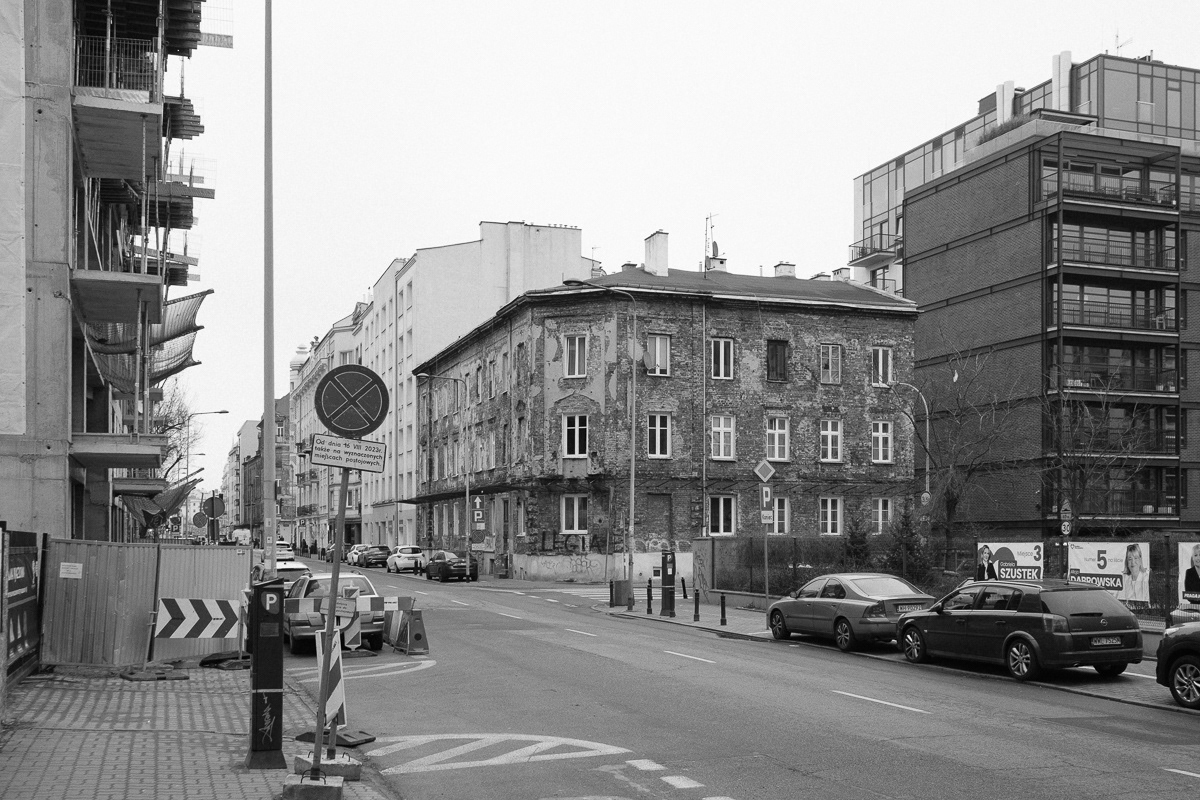

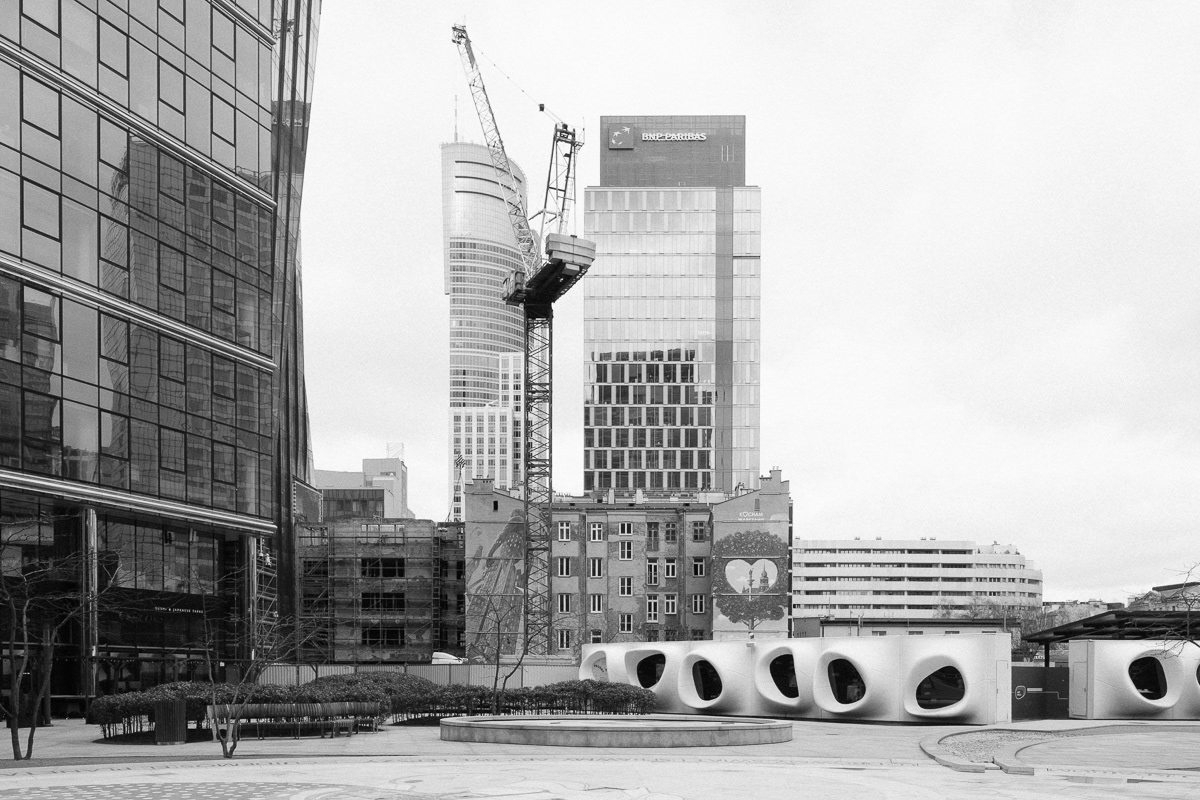

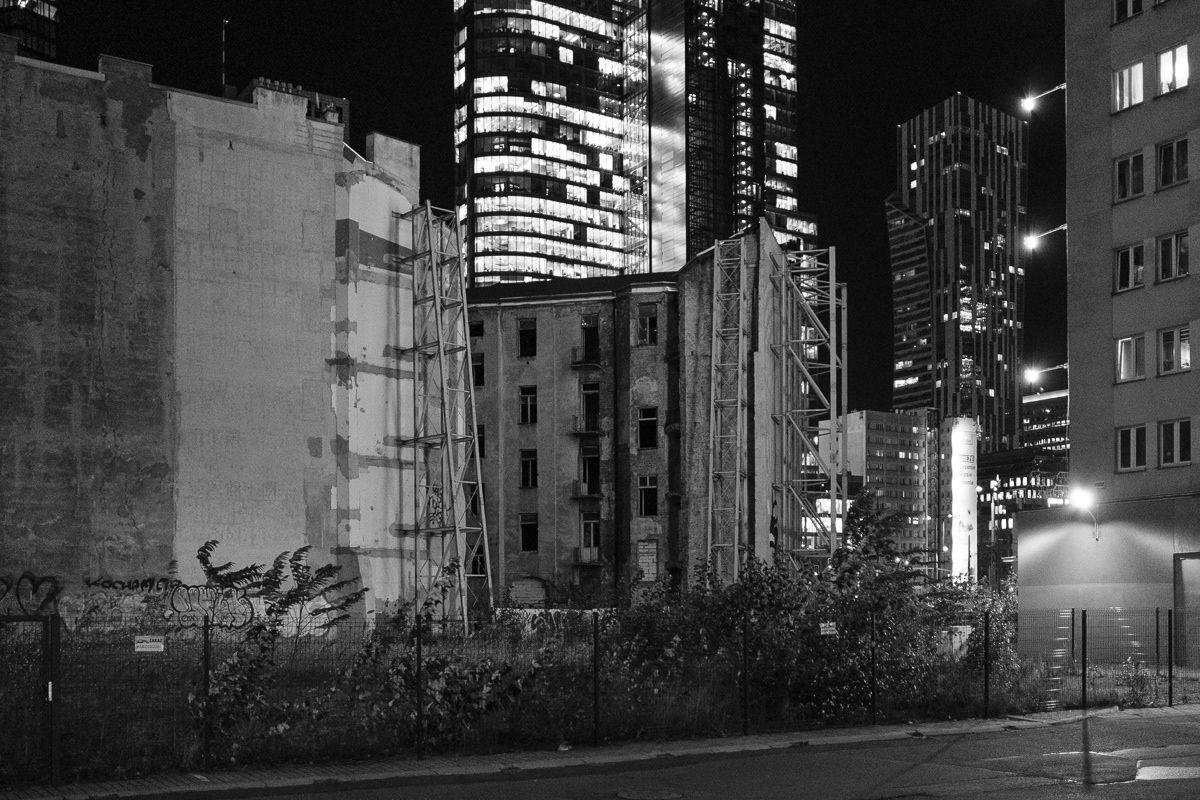

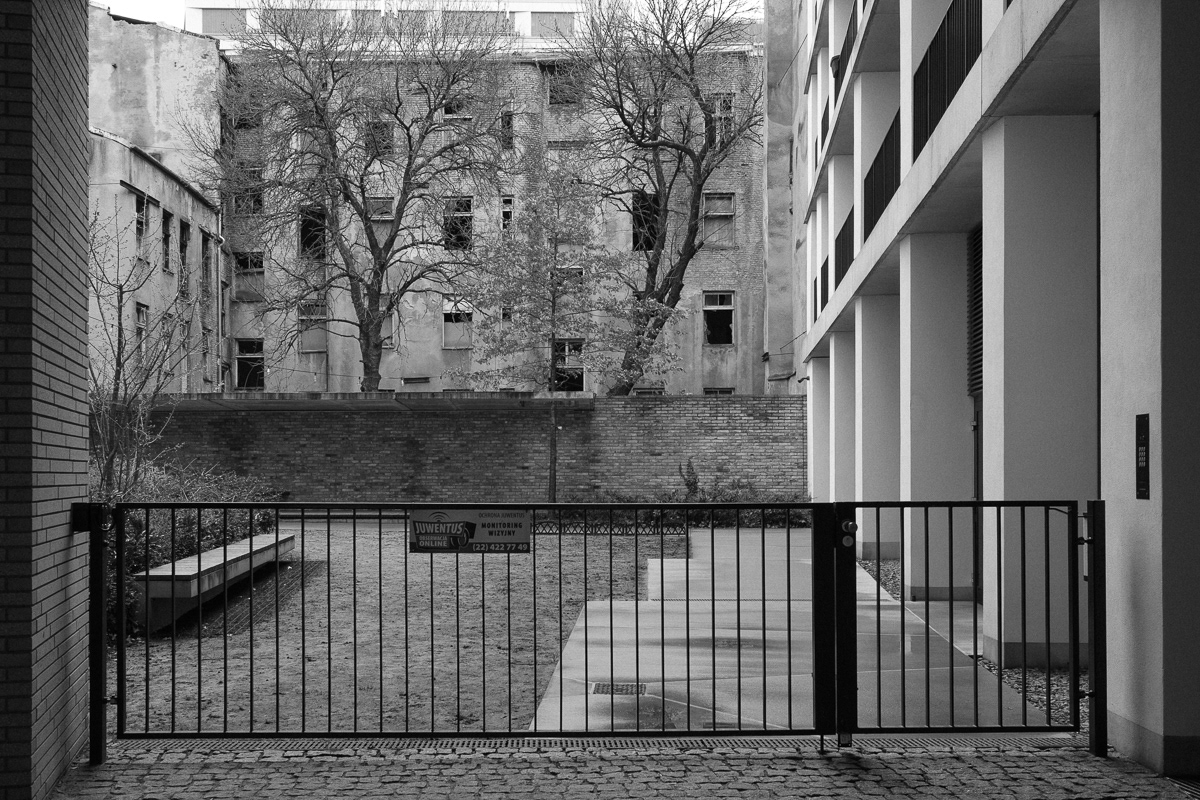

Above: "Stone and what" read together means "tenement apartment"; Below: "Private property, entrance forbidden"
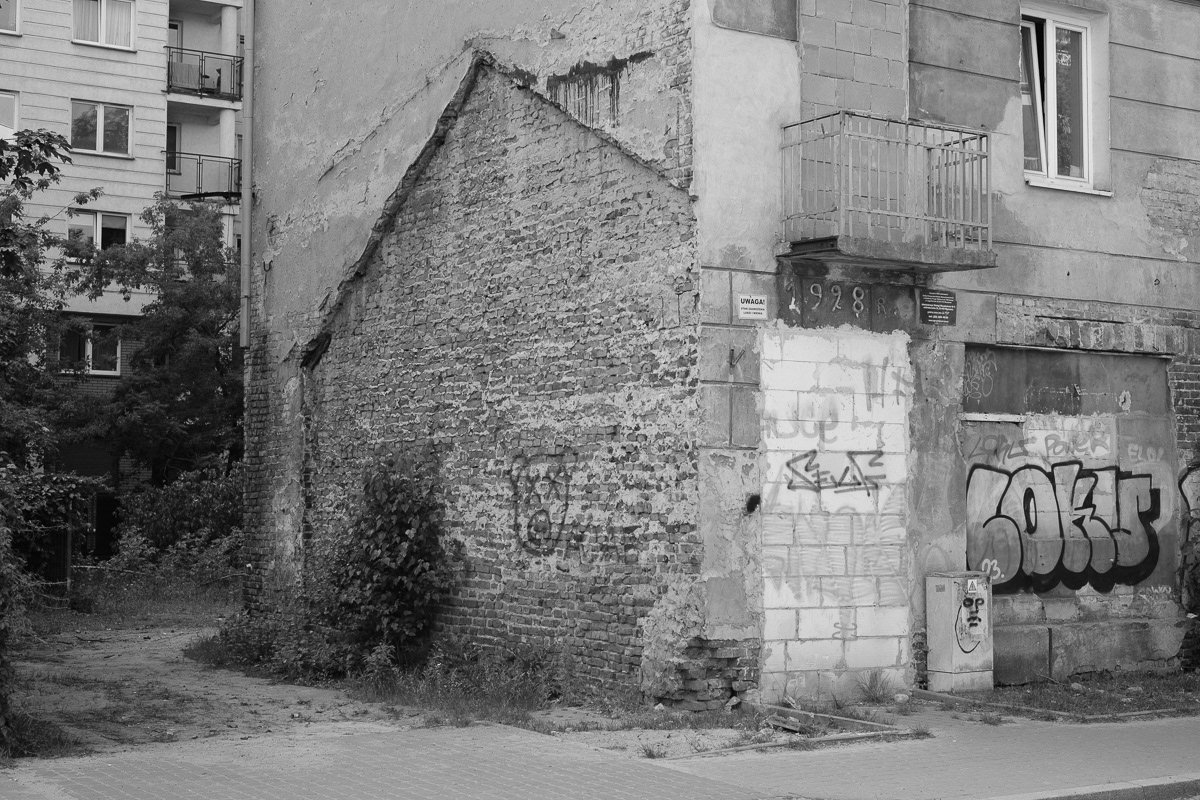
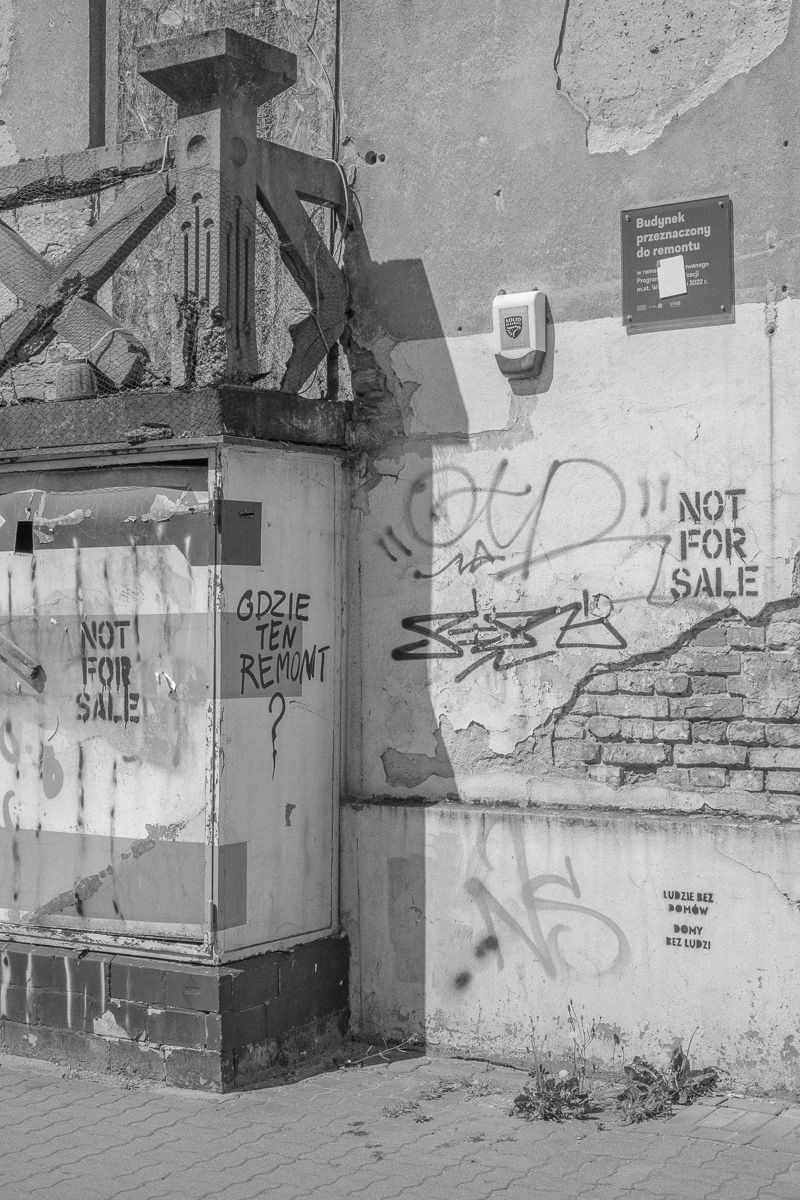
Upper right: "Building to be renovated"; Left: "Where's the renovation?"; Bottom right: "People without homes, homes without people"
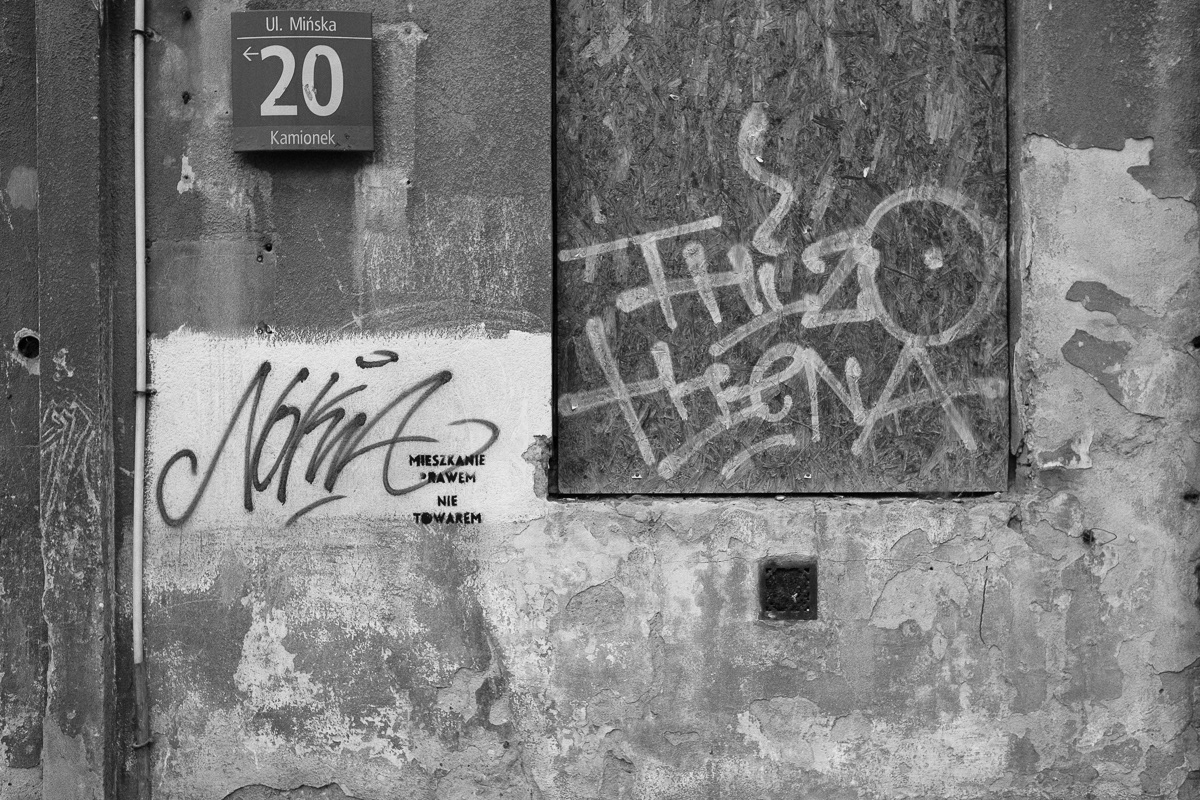
"Housing is a right, not a commodity"

"Private property, entrance forbidden"

"A safe haven for your capital"
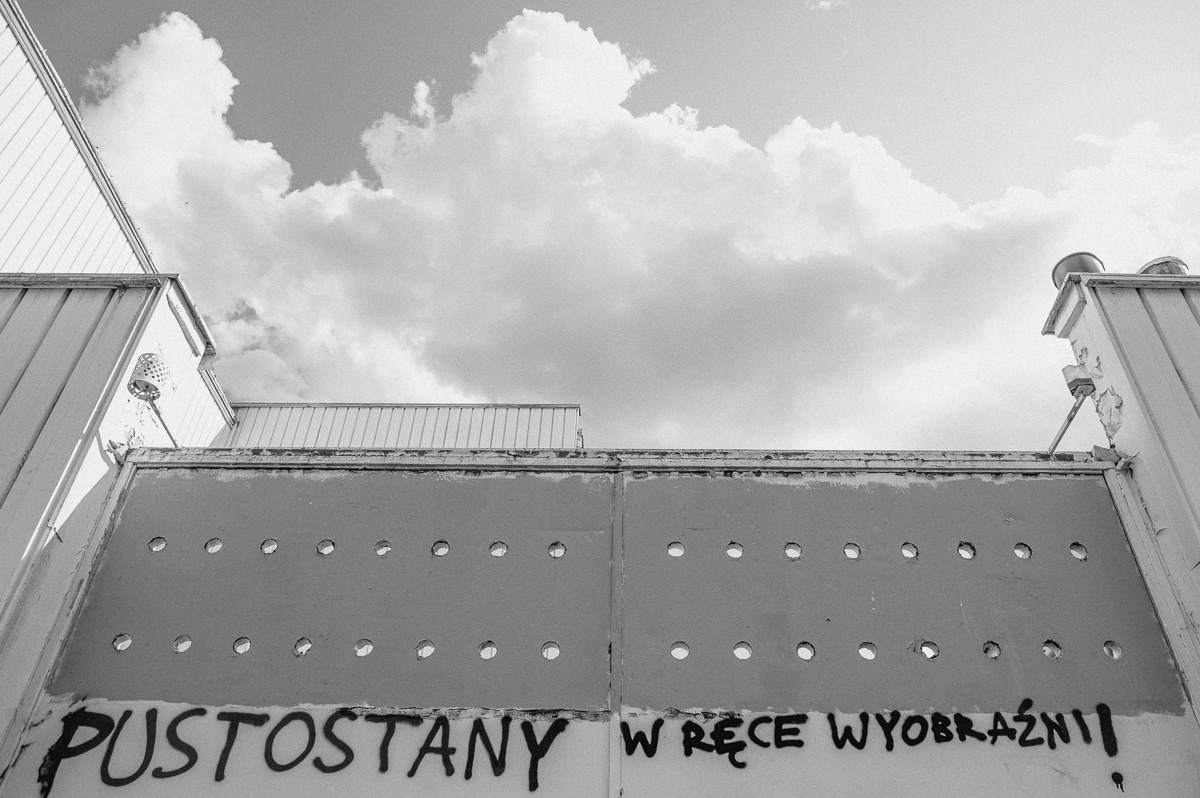
"Empty homes in the hands of imagination!"
There are over 300 empty buildings in Warsaw.* Often prominent in the landscape of the city, the empty buildings protrude from the urban topography like bleak landmarks, demarcating the border between decay and prosperity.
The capital of Poland is regarded as a city of progress, a symbol of Polish society’s successful transition from an authoritarian planned economy to a supposedly democratic free market. But are hundreds of empty buildings with thousands of empty flats really a sign of a prosperous city or rather tangible evidence of divisions in the city's fabric?
Gentrification, soaring rents, and lack of accessible social housing all lead to a situation where a fundamental human need - a roof over one’s head - is becoming increasingly scarce and out of reach for many people.
The crisis inherent in the topography of Warsaw calls on society to confront the boundaries imposed by a lack of housing policy and consider for whose benefit so many potential homes stand empty?

